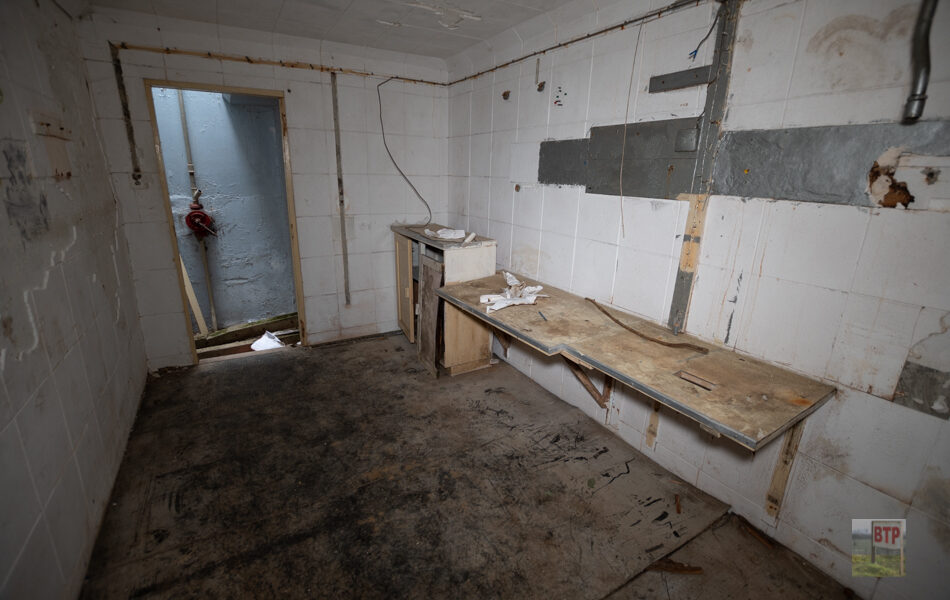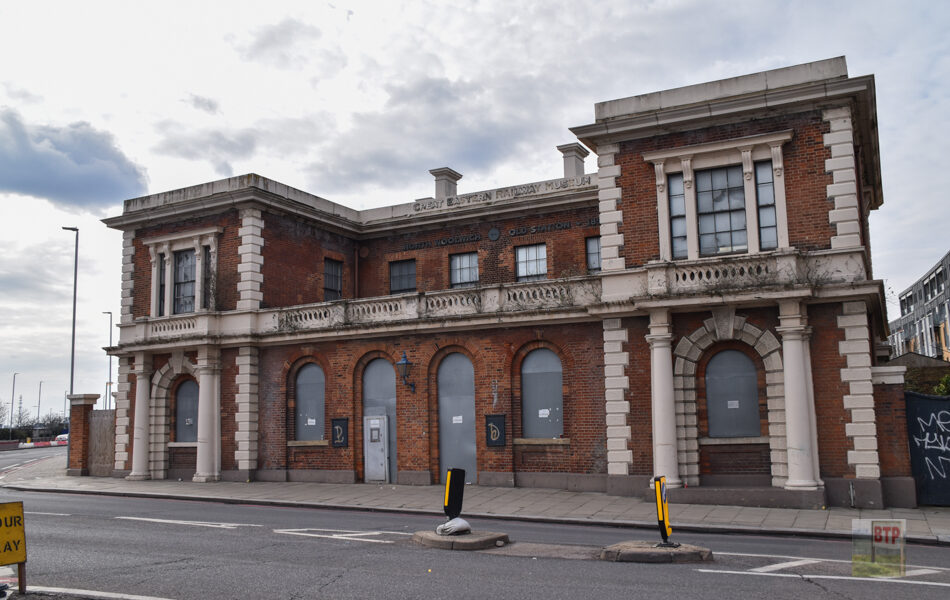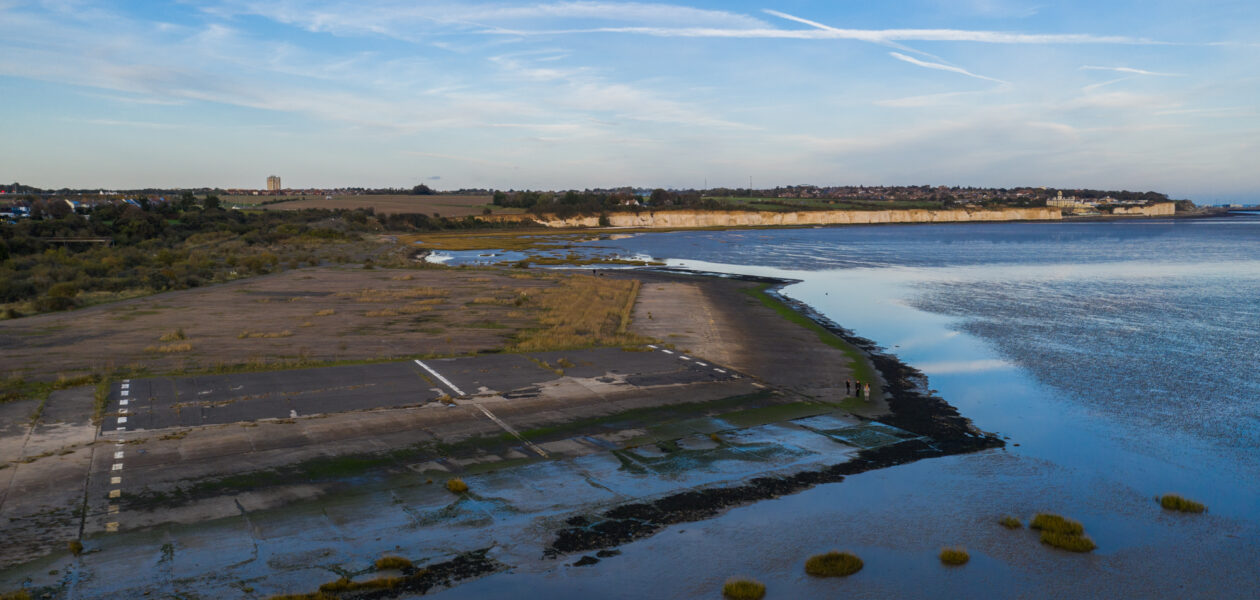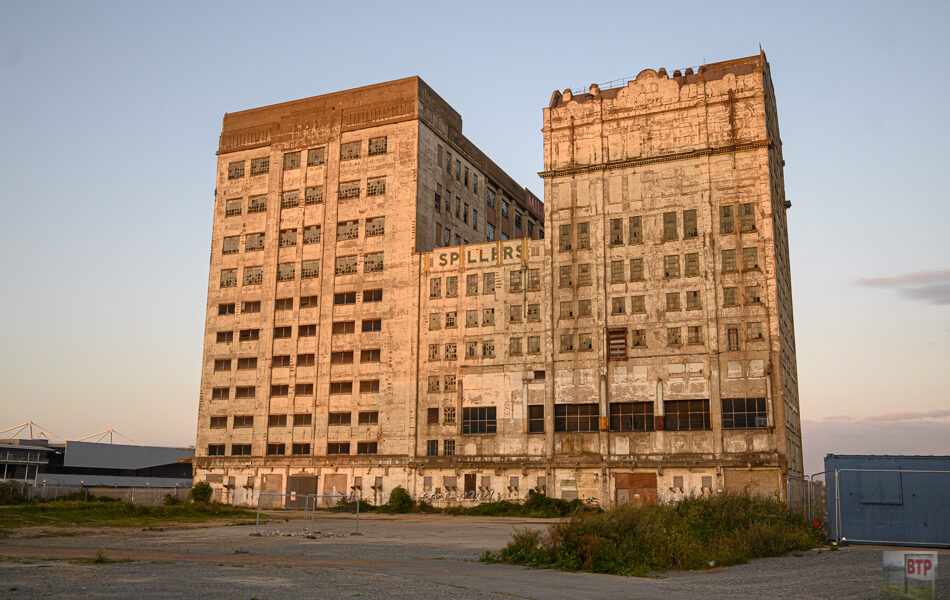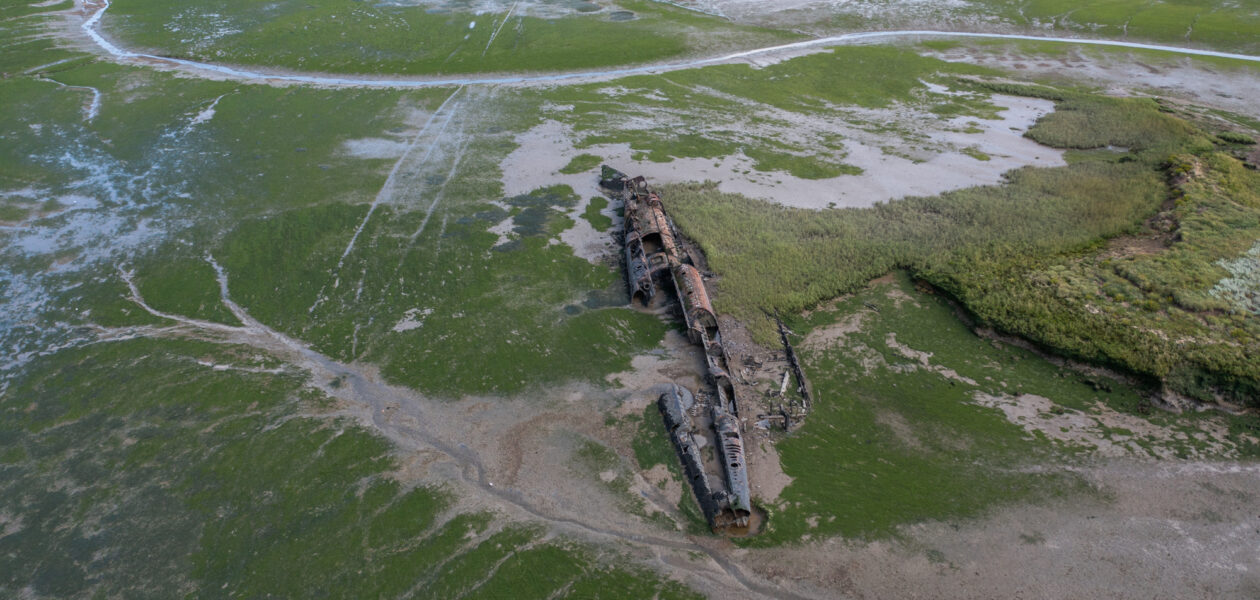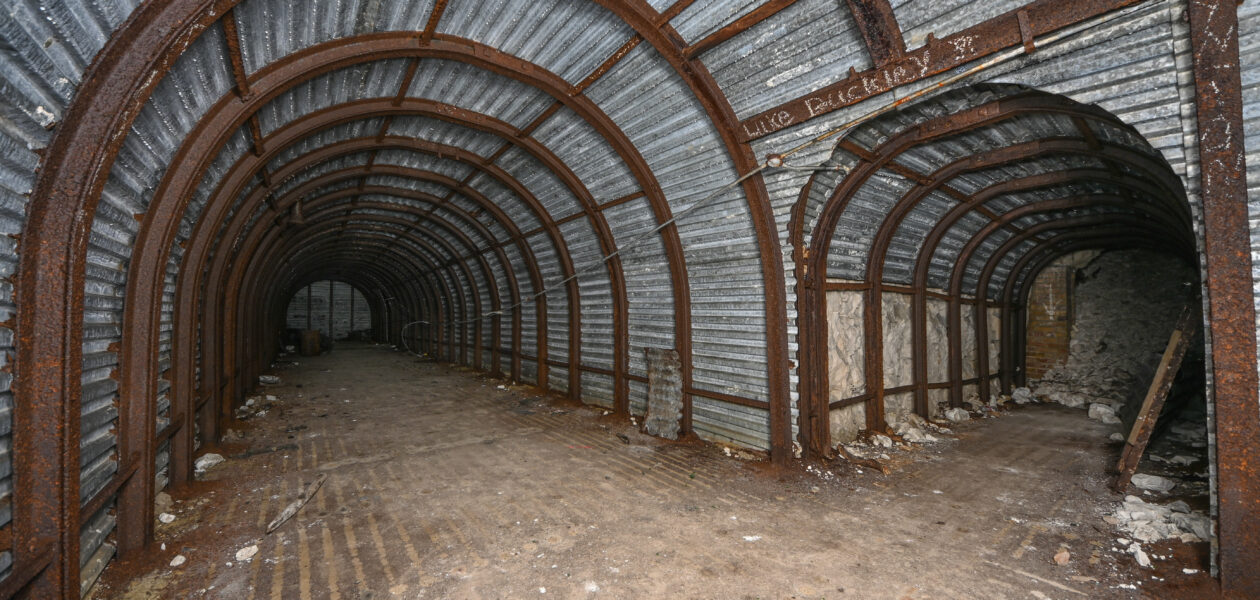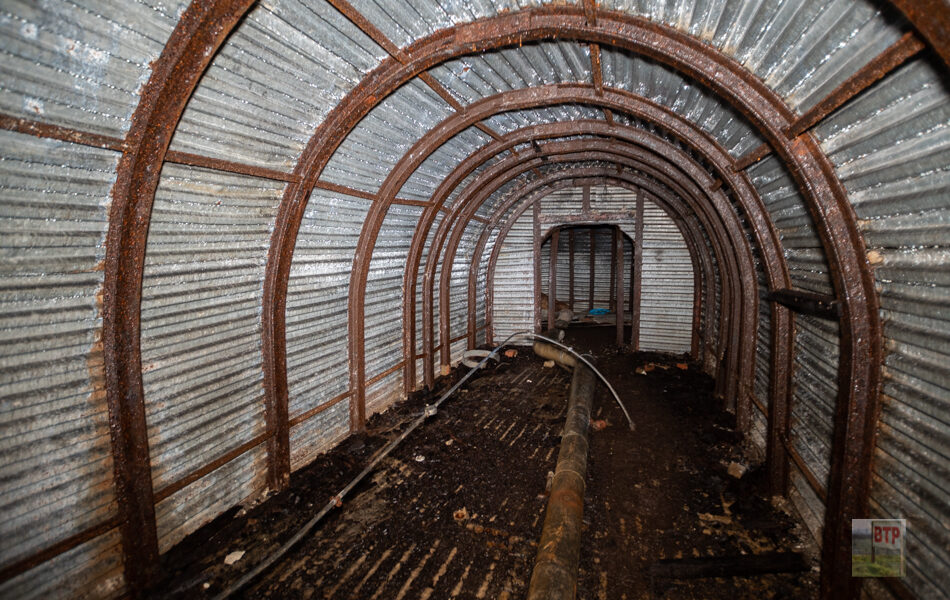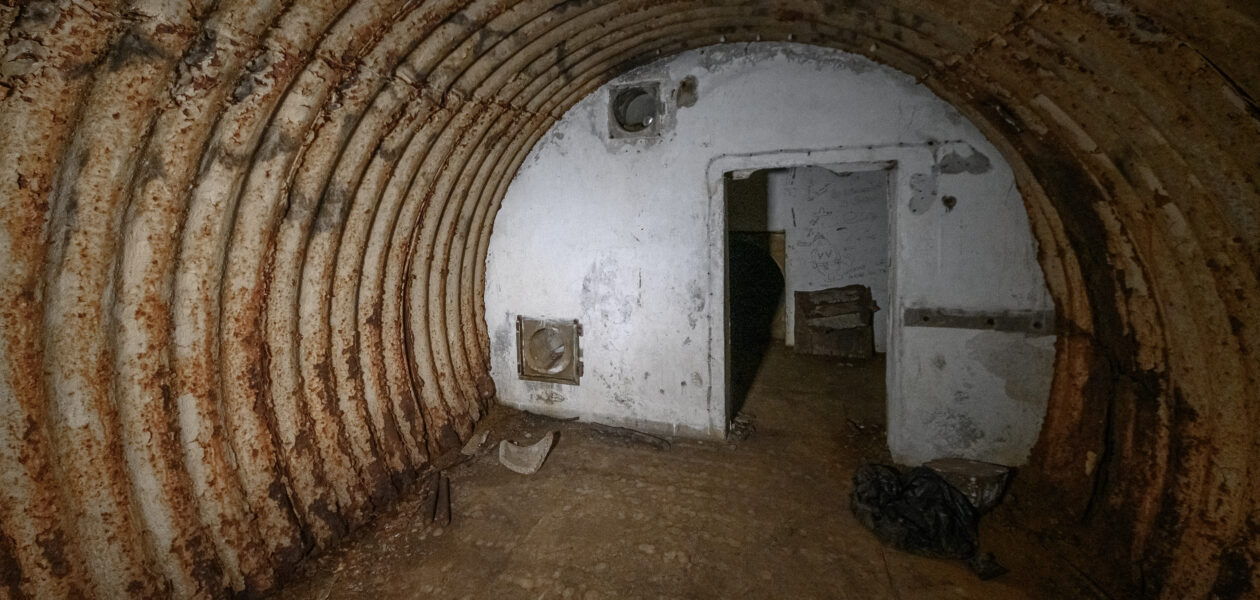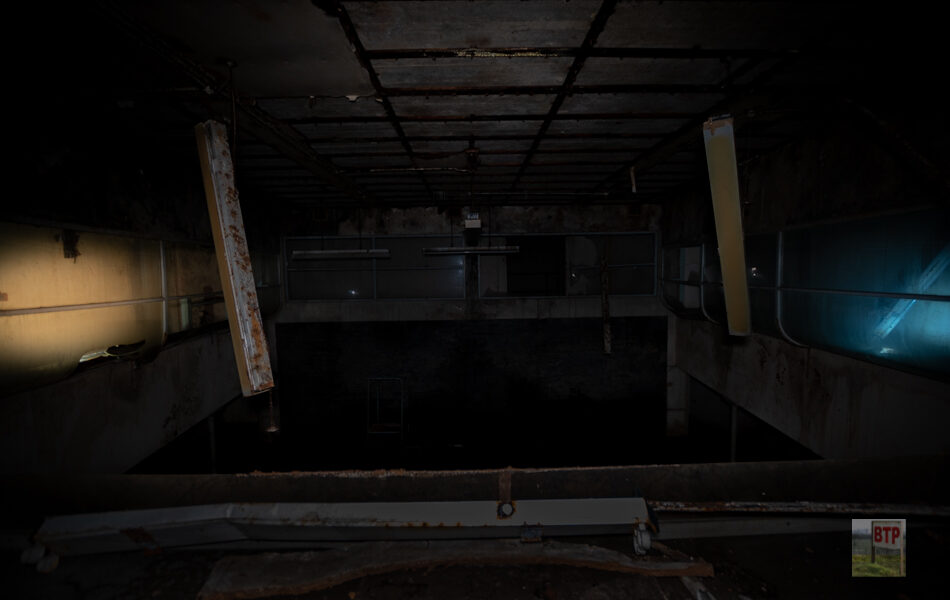Tendring ROC & Orlit Posts
Situated close to Tendring Primary School are the remains are two observations posts which would have been used during the Cold War, should it have actually happened. Shown around by Thomas and Austin, the ROC Post is in a fairly good condition although has been stripped of most of the original furniture. Hundreds of these…
View More
